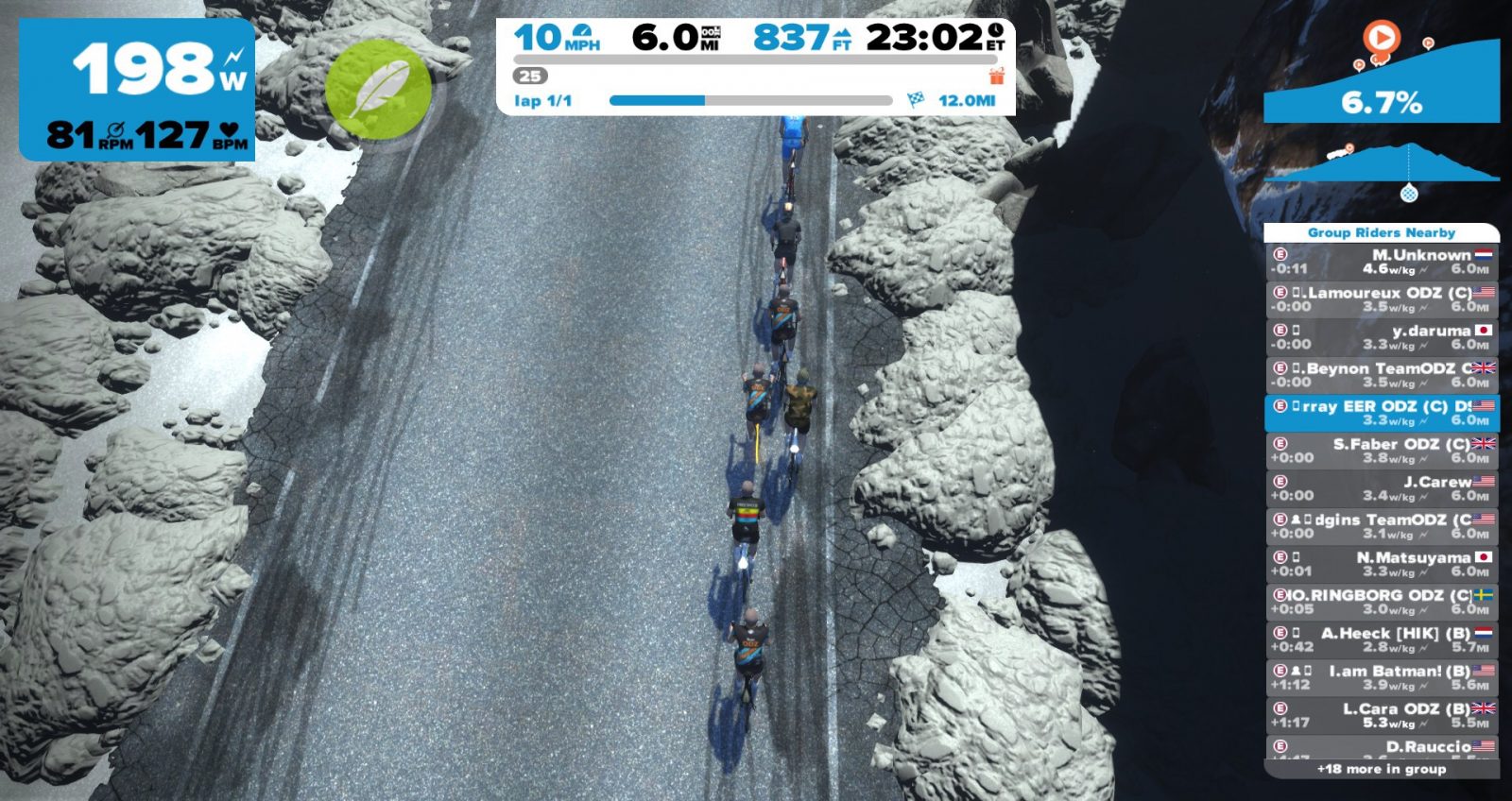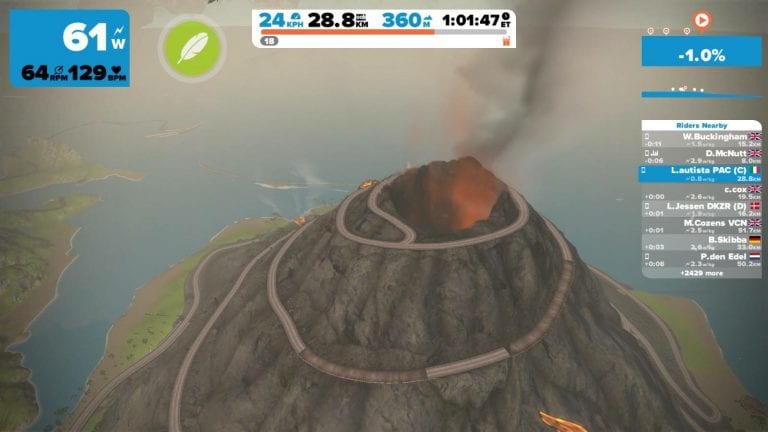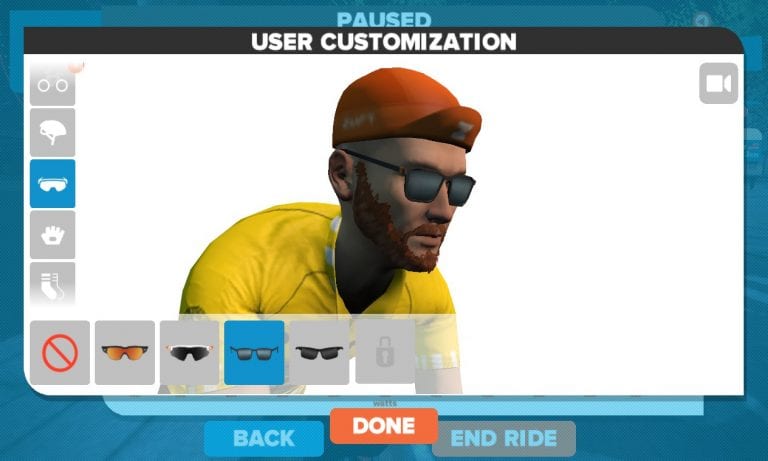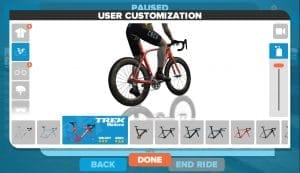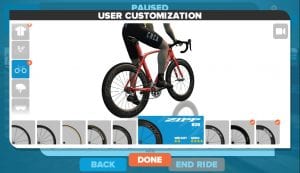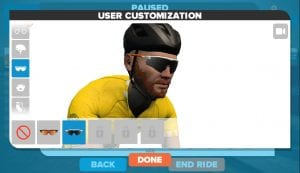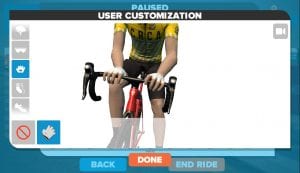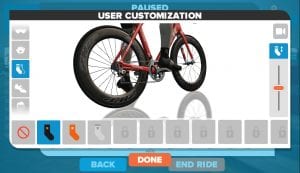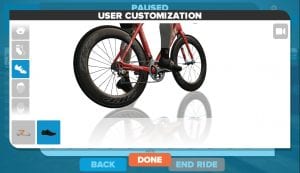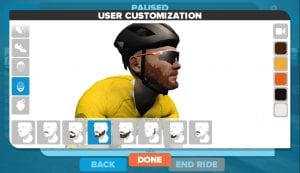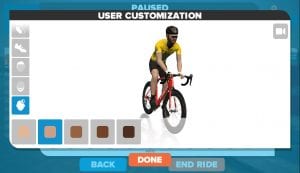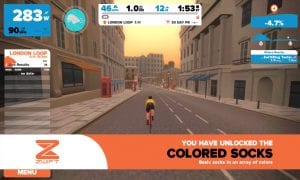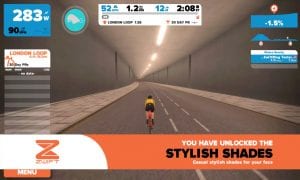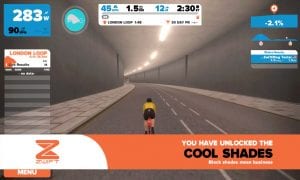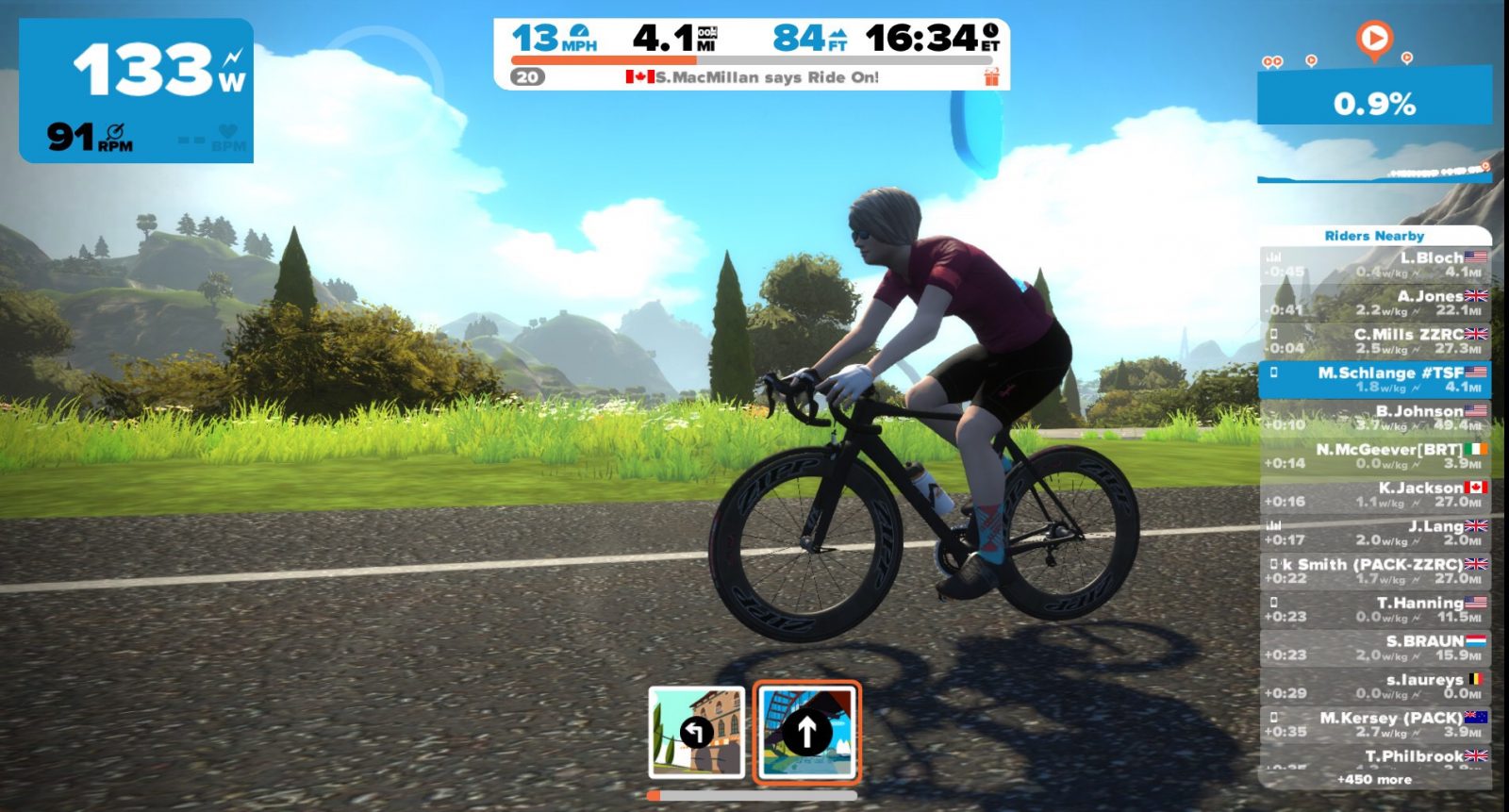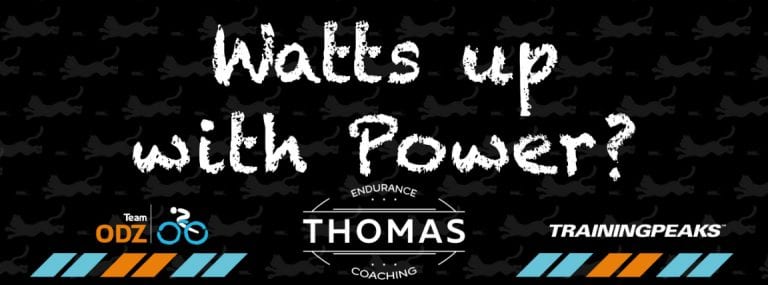Controlling the race (Skillz and Drillz)
ODZ SkillZ and DrillZ, 19 July – For the past three weeks, we have built up our ability to control the race in the most efficient way possible. We started this journey just as the Tour de France was getting underway as a way to relate what we see with what we do. Managing the race and how we behave in the race is just as important as having strong legs. Races evolve, and we have to learn to make it evolve in our favor, rather than simply reacting.
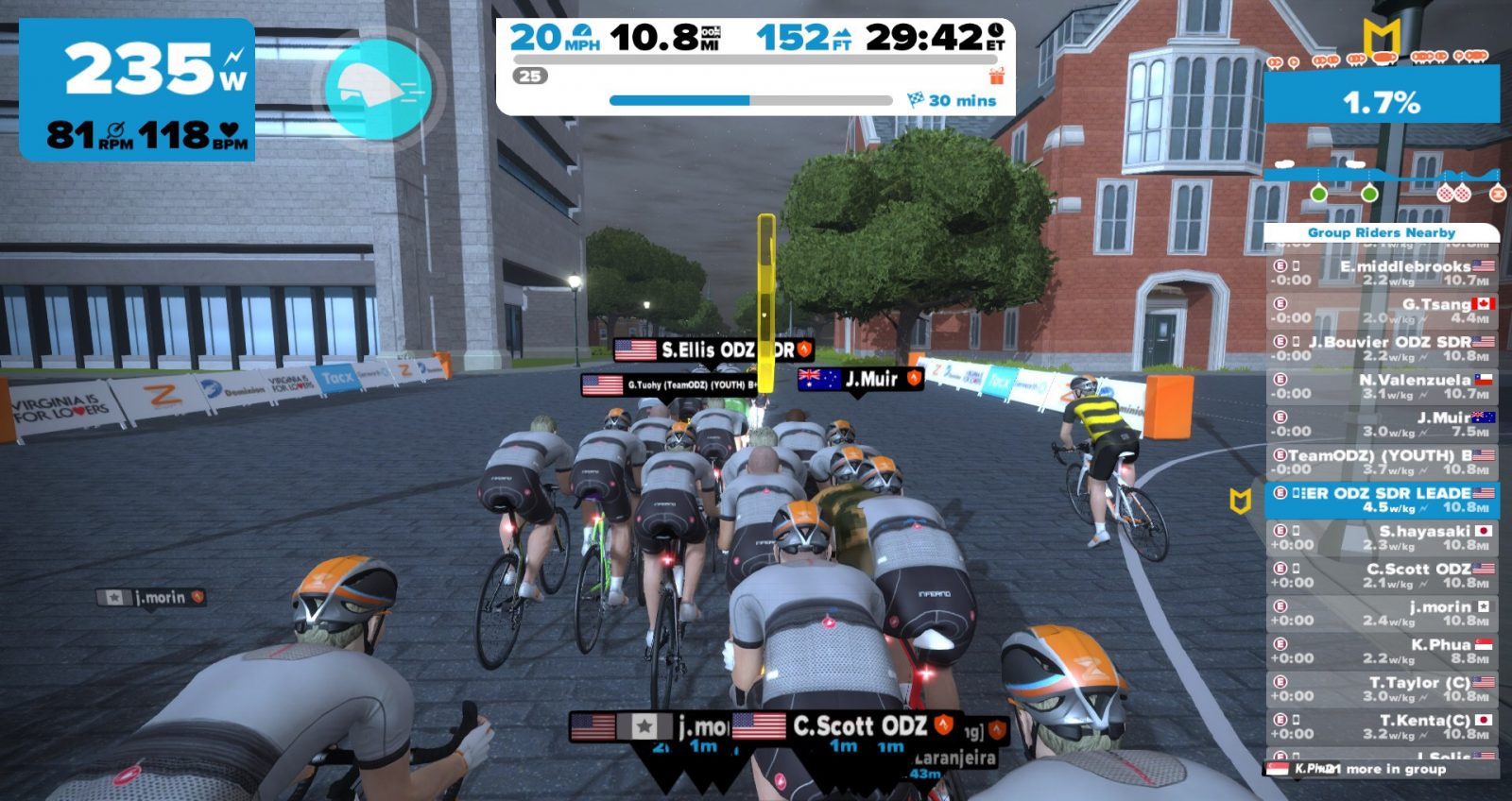
It’s a Group Thing, Baby
The first skill necessary to controlling the race is the ability to ride in the group in a good position. Too often in Zwift and IRL races, we are in one of two positions, on the front or off the back. Those are the two worst places you can be, as you have to work so much harder than everyone else.
This begs the question: why do we always sit in the positions that make us work more instead of relaxing in the bunch? During IRL races, I understand the discomfort and insecurity of riding in the middle of a bunch, rubbing elbows and trying not to crash. In Zwift, though, this makes no sense. It’s just a little harder to manage due to the fact that avatars can ride through each other. Because of this difficulty, we need to practice it often both at pace and during controlled efforts.
If there are any doubts about the importance of being able to sit in the group, please watch any bike race. The winner spends a good portion of the race in the draft, protected by teammates. The only time the winner goes to the front is when it is necessary. Part of this skill involves learning how to control your position when the group’s speed changes. Riders need to learn quickly how to look up towards the front of the group to anticipate these changes before or as they begin to happen. Waiting for the wheel in front of you to change speed is a recipe for disaster and can lead to an unnecessary energy expenditure or crash.
During the first lesson of the series, we spent a significant portion of the class riding at different paces, keeping the group together. We changed the pace gradually, ramping up to harder paces, allowing riders not accustomed to riding at those efforts to benefit from the draft. Those riders who successfully stayed in the bunch saw that they were able pedal at much lower wattage than those at the front of the group. This dynamic enabled the riders to stay together in a tight group. However, the first few iterations of our drill were not very successful with riders strewn about the road. What changed? Well, at the beginning, many riders were missing the forest for the trees. What I mean is the riders focused on the wheel directly in front of their avatar and not the group as a whole. That is the same as driving by only focusing on the vehicle in front of you and not all of those around you. It is imperative to keep an open aperture to see the group as a whole. If the front is bunched up, three or four riders across, it is better to position yourself right in the center of the group a few rows back. The draft zone is bigger, and you get caught up in the group. Sitting just on the one wheel, stretched out in a long line, leaves you dependent on that one rider. If he/she accelerates or sits up, you will likely find yourself out of the group before you realize what has happened. That’s not a good end to the day.
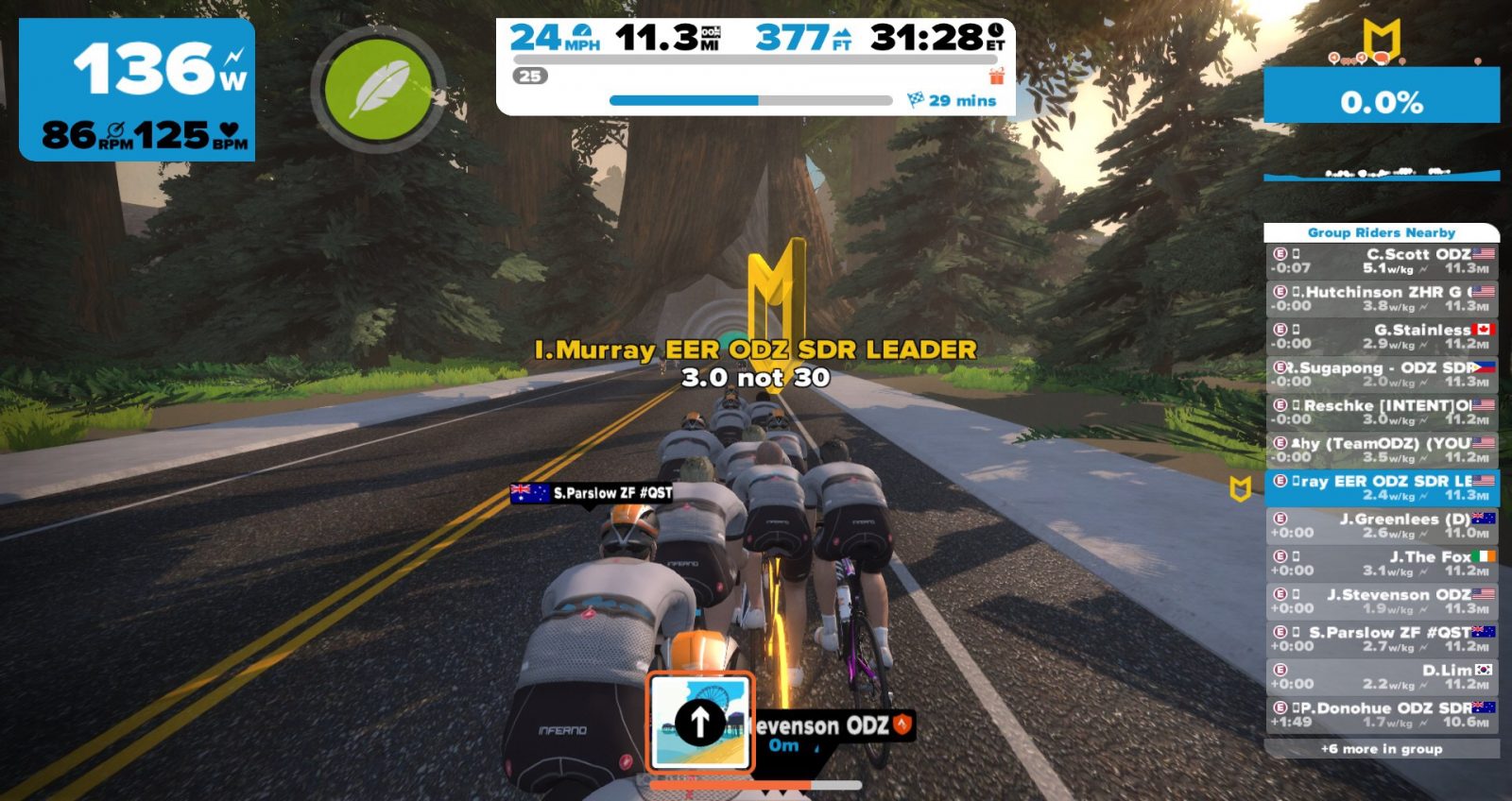
Find Your Inner Control Freak
The second skill that riders need to practice is controlling an attack or break. More often than not, an acceleration on Zwift leads to a bunch of individuals sprinting to cover the attack. Sometimes that is necessary, and normally that is how most Zwift races start. But again, this begs the question of why. If we are in a group of 30 with teammates, is there a need for all of us to burn matches to cover an attack by a single rider if that rider is not known to be one of the strongest riders? Absolutely not. Refer back to the first skill about riding in the group. The bigger group, with very few exceptions, will move faster at a similar effort of the solo rider or small group. Thus, if a rider attacks, taking one or two others in tow, a sound strategy is to have the group elevate its pace (much easier to do with teammates) to match the effort of the breakaway riders once they drop out of attack mode. Sure, the attacker(s) may get a small advantage, and you as the group may even ease off a little bit to give the break some rope. As long as you pay close attention, the big group can manage the gap to keep it small enough to close down at will. The break will have to burn significantly more energy to gain the advantage and maintain gains than the much bigger group of chasers who can take turns working.
If you are lucky enough to have a group of teammates in the chase pack, figure out who the expendable riders are and put them on the front. Seriously, this is how it is done at all levels of racing. I do it routinely for the stronger ODZ riders, as I know that my sprint is a bit lacking. Likewise, they do it for me as we head into a finishing climb.
At some point, the chasers will have to decide when to shut the break down. It may be due to the end of the race approaching or the break having too much time. Whatever the reason, do it as a group. Again, use teammates if you can, and share the load with other riders if you do not have teammates. Think of it from a math perspective. If the break rider is holding 4.1 W/kg trying to stay away, the bunch needs to do about 4.5 W/kg to shut it down quickly. If the chase has ten or so riders, why make the effort one versus one. The chase riders can each take turn pushing 4.5 W/kg for one minute and sitting in at 4.0 or less for nine minutes. The net expenditure of the chase will be a lot less than the breakaway rider. If you are really cagey or have teammates supporting you, it is possible that you may not have to even do a turn at the front. How awesome would that be? What often happens, though, is the chase group devolves into a series of 5+ W/kg attacks in an effort to bring back the rider or bridge across. I go back to the lack of rationality of that choice when you look at the energy saved versus expended.
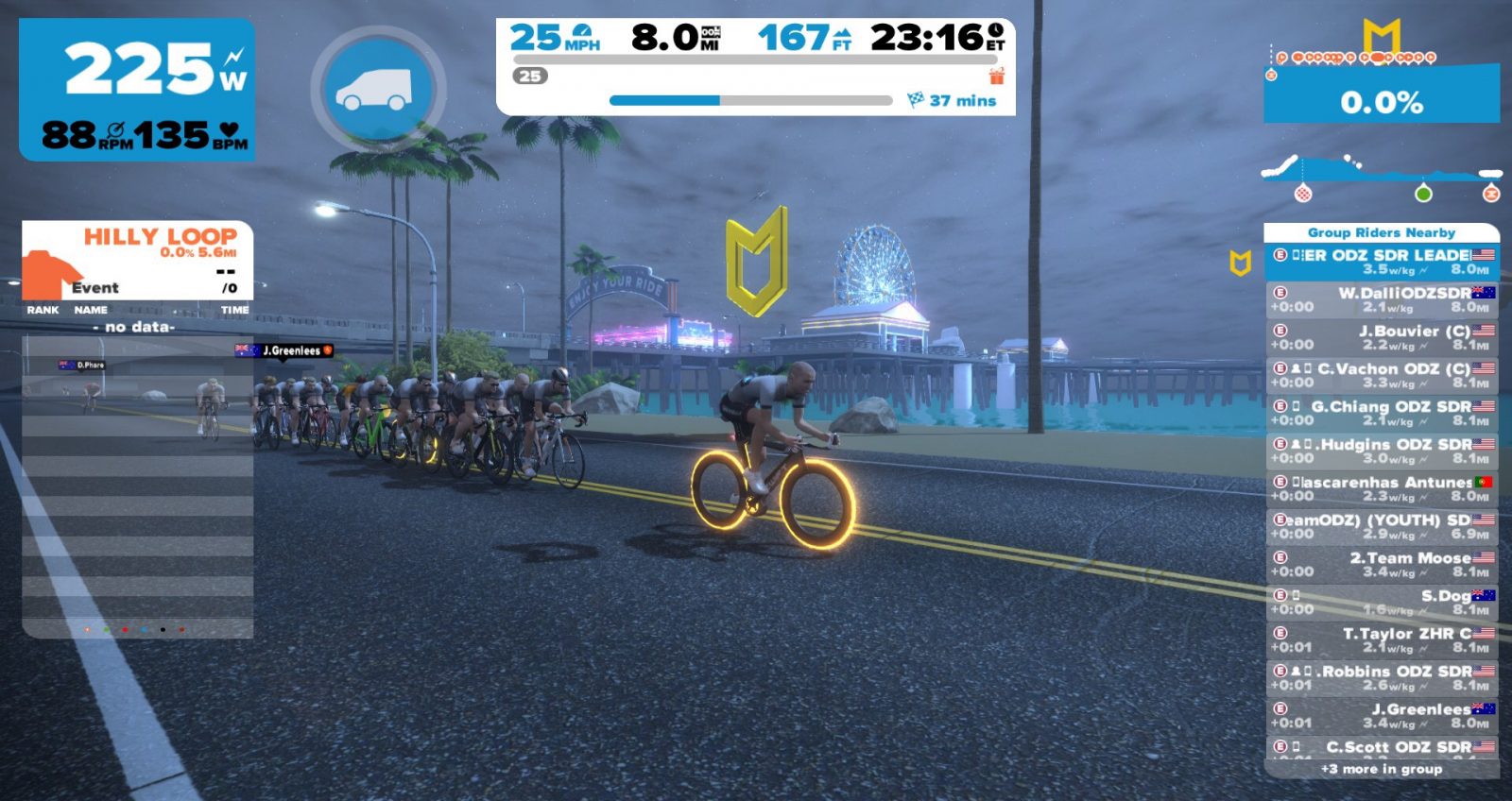
Cast Judgement On Your Fellow Riders
The last, and most difficult skill to learn is the ability to judge the threat from an attacking rider. Some riders should never be allowed to go up the road solo, as they won’t be seen again until the finish line where he or she might be waiting with an adult beverage. This was the problem Fabian Cancellara had in the latter years of his career during the cobbled classics. Everyone knew that if Fabian went up the road alone, the race would turn in to one for second place. Thus, teams did their best to not let that happen, or at least stave it off until later in the race in hopes that their riders could go with him. Other riders can be given a leash on flat courses but not on hilly courses or the reverse. Most of it depends on your knowledge of the rider from past experience or how the rider is behaving. If a skinny-looking rider takes off on the climb, it’s probably best to not give that rider much space. Likewise, I wouldn’t give a heavier rider an inch on a flat or downhill run in to the finish. Understanding your competition will help you determine who goes and who is not allowed to go, assuming that the attacking rider is not simply able to ride the whole group off his or her wheel. Yes, I’m talking about you, BB and Purificati!
Over the last three weeks, we spent a good deal of time during the SkillZ and DrillZ Ride practicing techniques that will help us control the race as much as possible. The most important aspect of all is being smarter than the other racers. To help you with that, remember the four steps to controlling the race:
- Identify who is attacking – Is it a dangerous rider or someone you know is not that strong.
- Determine if you can let him or her go – Once you have identified who is attacking, you will quickly know whether that person is a threat to win the day.
- Chase or control as a group – Making a bunch of solo efforts is pretty pointless unless you want to lose the race. Use the strength of the group to pull back the attack or control the gap. Keep the pace where it needs to be, but don’t spend the whole time on the front if others are willing to share the workload.
- Shut it down – Once you have decided to end the break’s freedom, shut it down in a controlled manner. Determine the minimum pace you need to ride to pull the break back in a timely manner. Don’t exceed that average effort unless the gap doesn’t close. Like in the chase/control phase, work together to spread the effort across as many riders as possible.
If you follow these simple steps, your group should be able to control any race where riders are evenly matched. Again, if Matt Hayman joins your race and decides to put the screws to you and attack, there is not much that you will be able to do. Well, you can race for second place, I guess.
SkillZ and DrillZ will be off the week of 26 July but will return the following week. Hope to see you then. Until then, Ride On!
